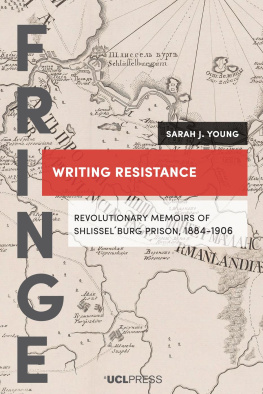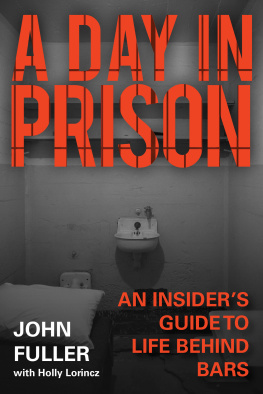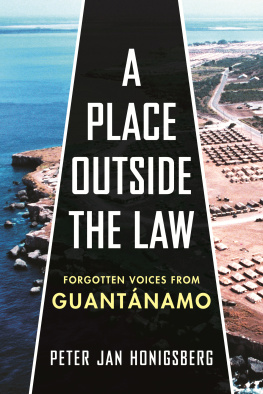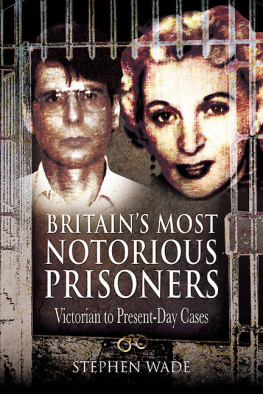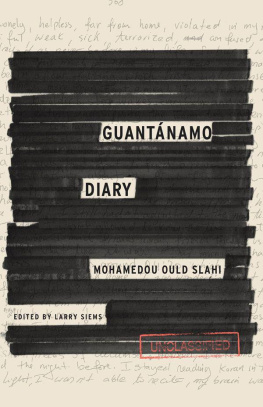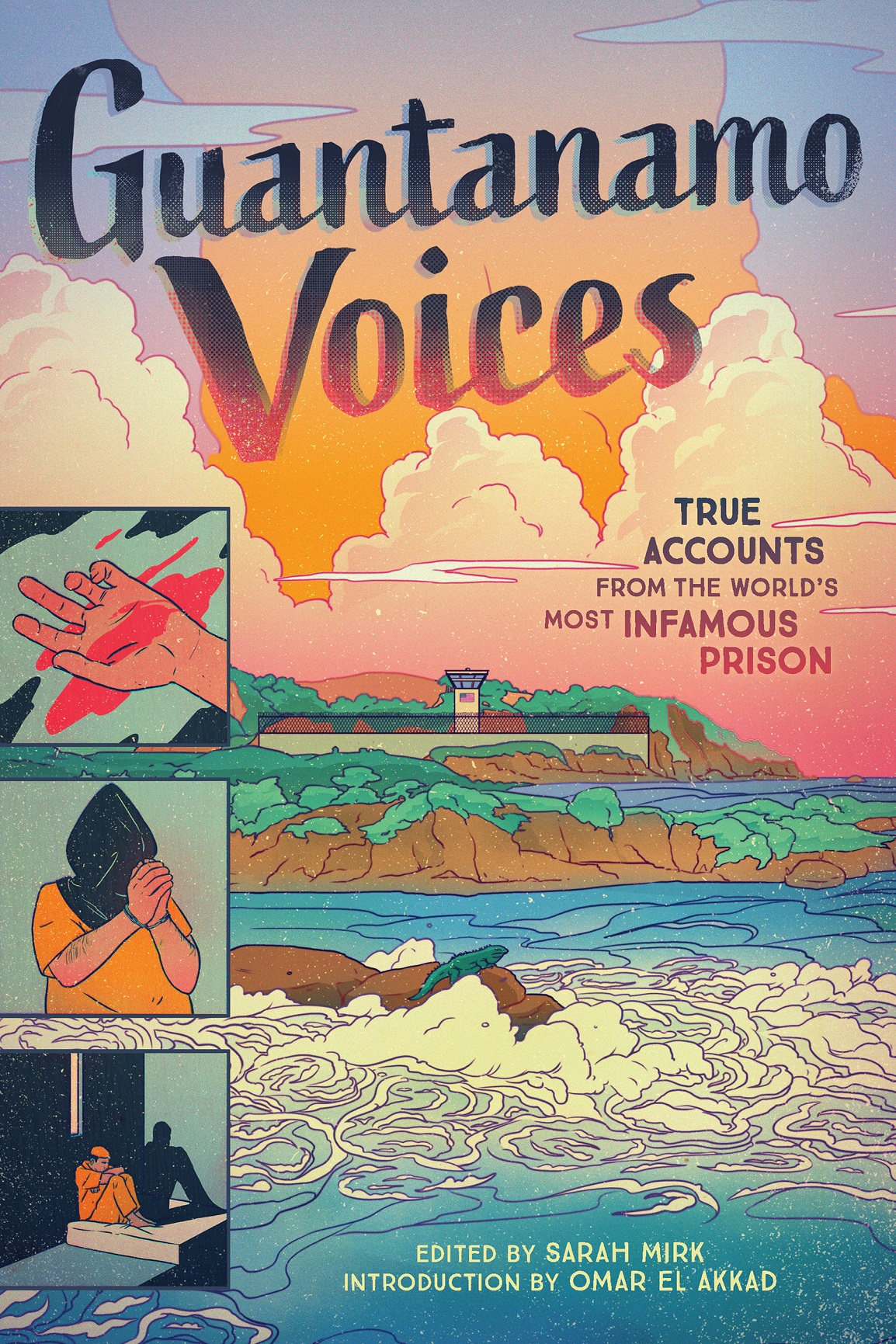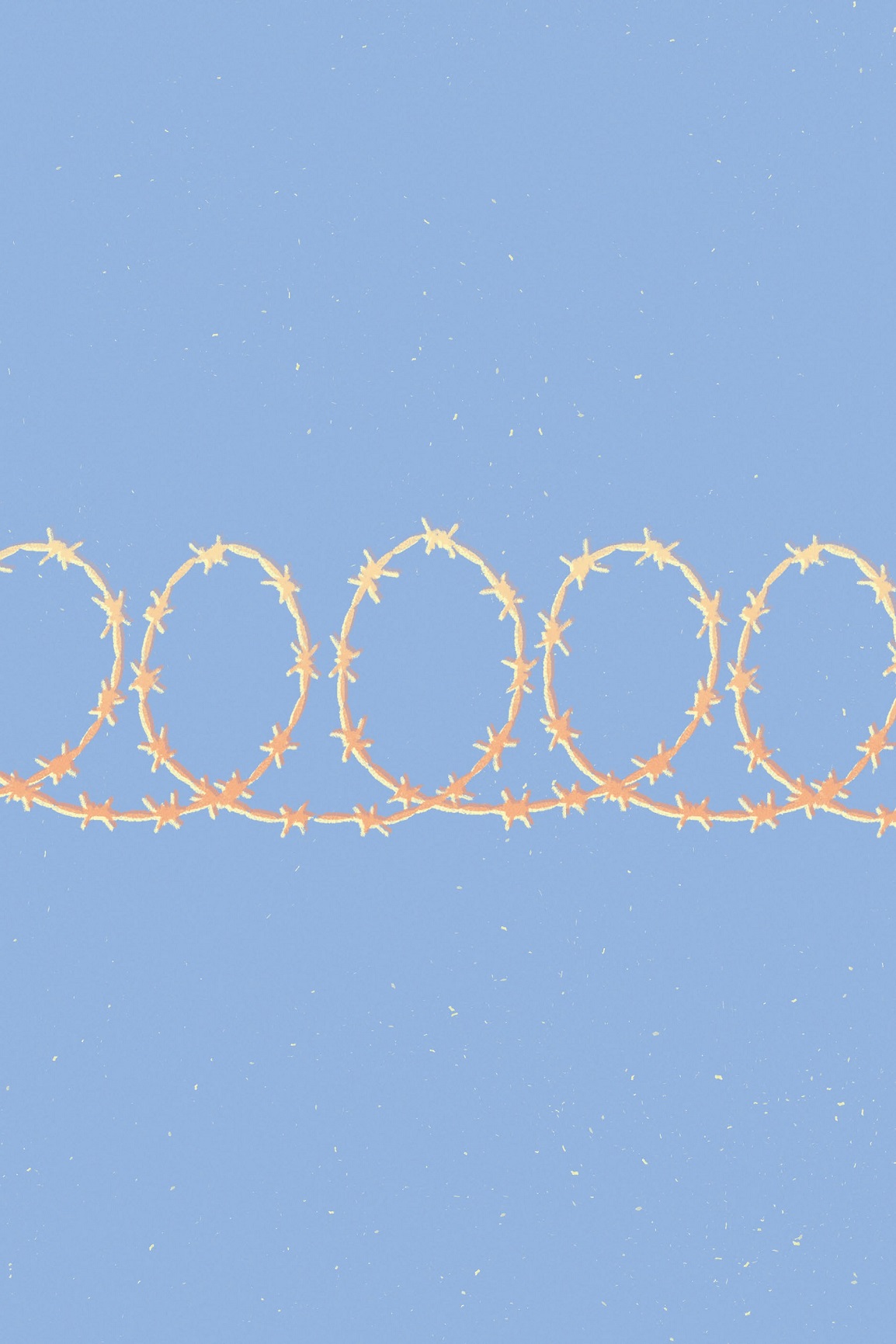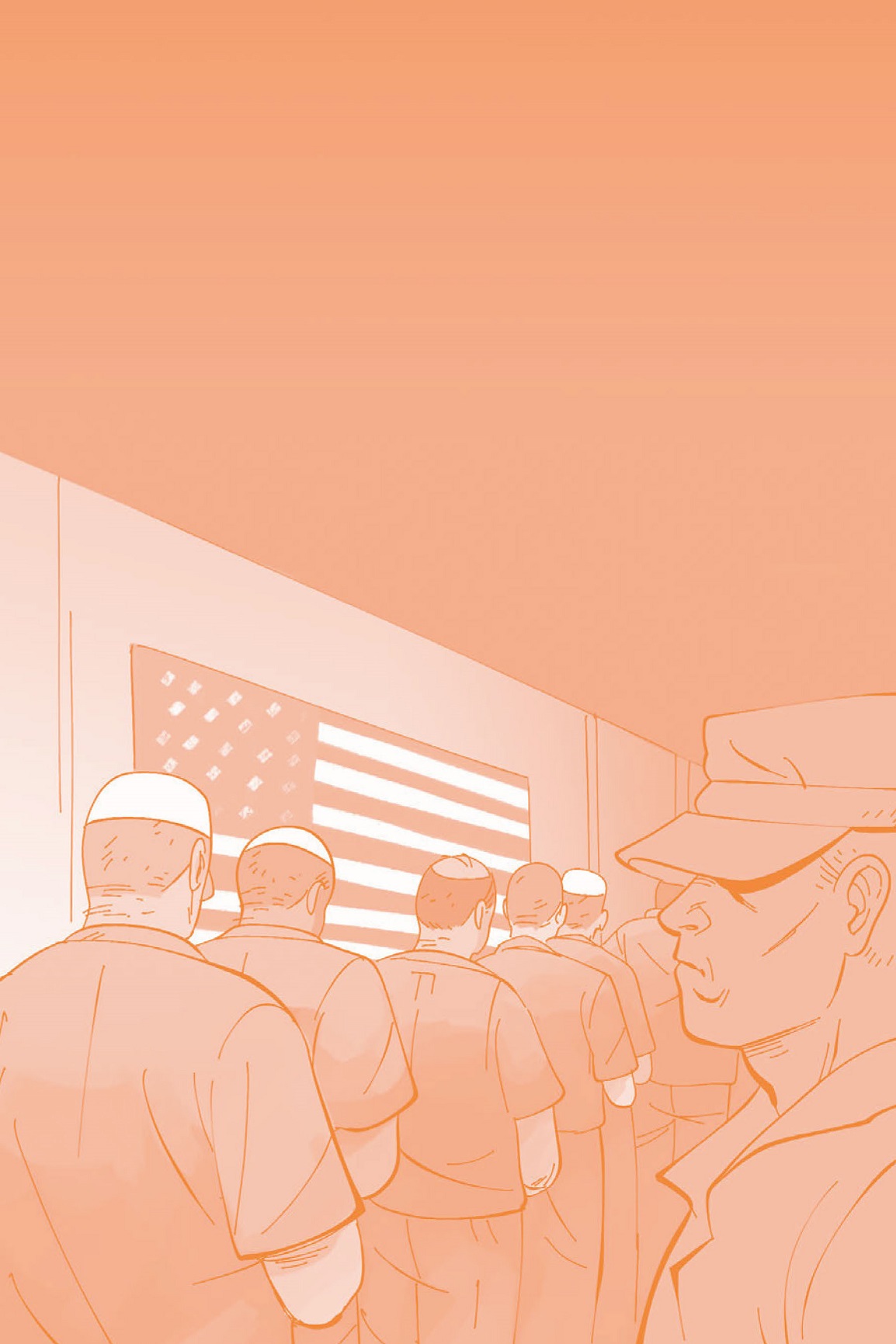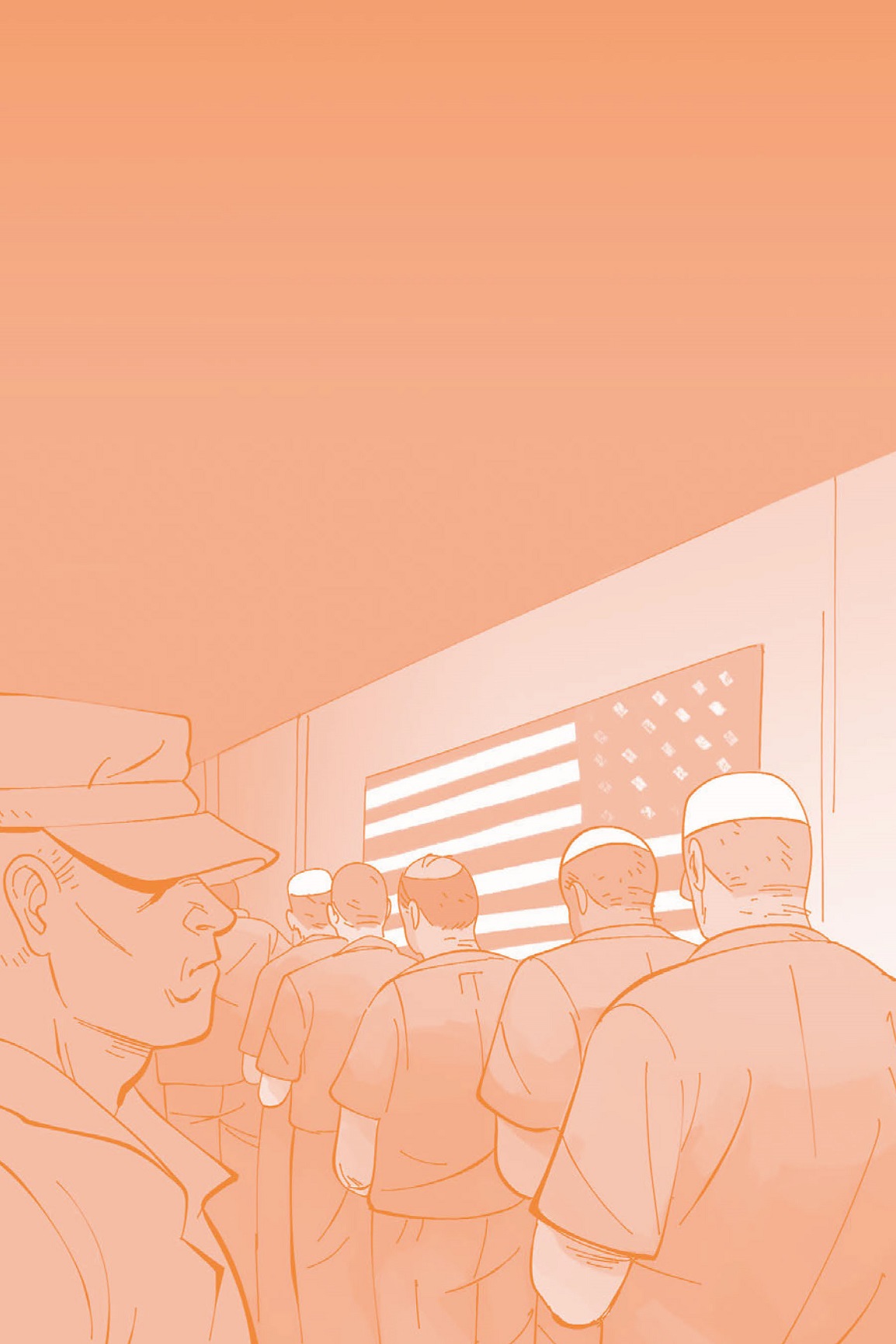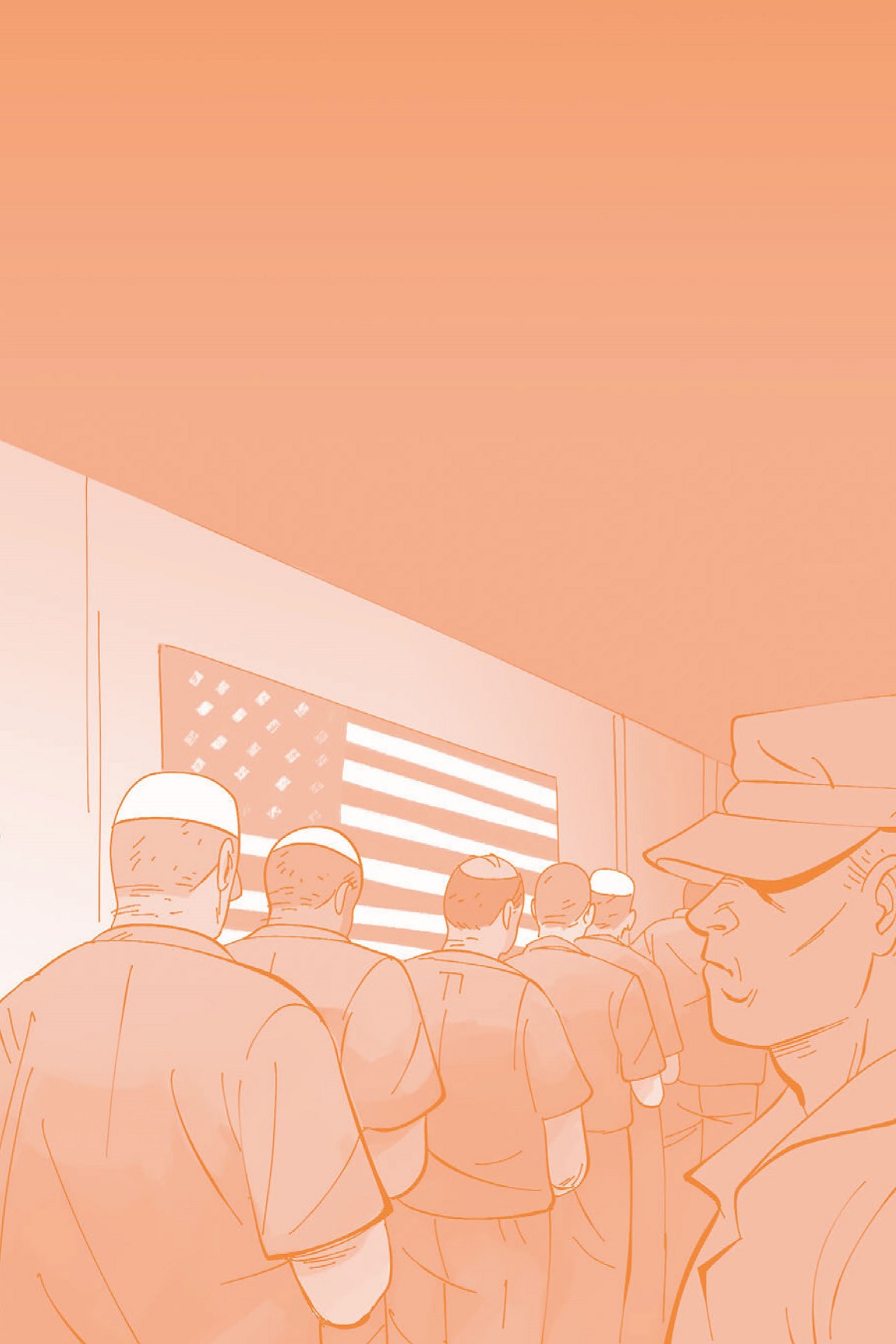Table of Contents
Guide
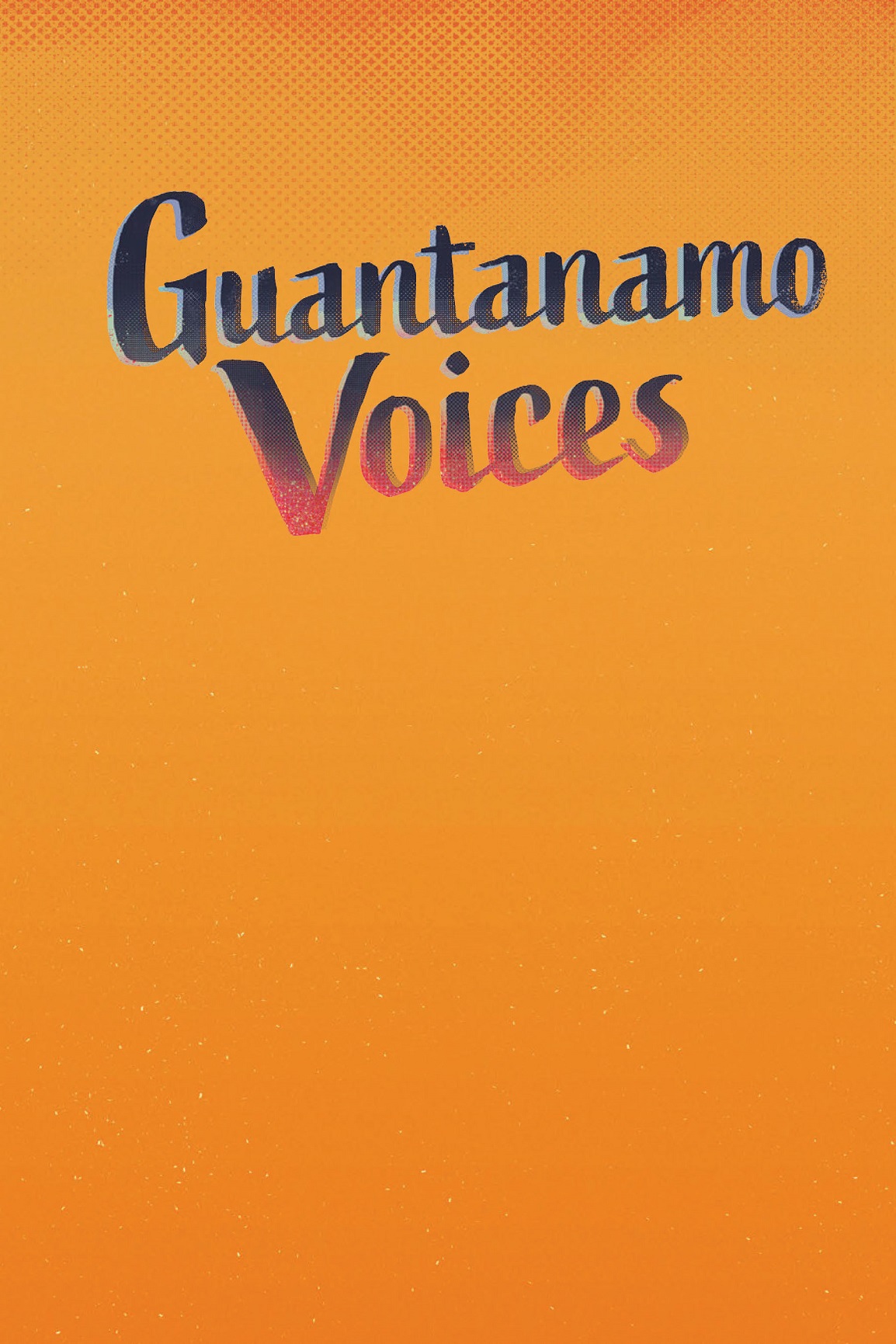
TRUE ACCOUNTS FROM THE
WORLDS MOST INFAMOUS PRISON
EDITED BY SARAH MIRK
INTRODUCTION BY OMAR EL AKKAD
ILLUSTRATED BY GERARDO ALBA, KASIA BABIS, ALEX
BEGUEZ, TRACY CHAHWAN, NOMI KANE, OMAR KHOURI,
KANE LYNCH, MAKI NARO, HAZEL NEWLEVANT, JEREMY
NGUYEN, CHELSEA SAUNDERS, ABU ZUBAYDAH
ABRAMS COMICARTS
NEW YORK

Editor: Charlotte Greenbaum
Designer: Megan Kelchner
Managing Editor: Annalea Manalili
Production Manager: Alison Gervais
Cataloging-in-Publication Data has been applied for and may be
obtained from the Library of Congress.
ISBN 978-1-4197-4690-1
eISBN 978-1-64700-120-9
Text and compilation copyright 2020 Sarah Mirk
Photographs on pages copyright 2020 Sarah Mirk
Chapter Seven, pages 29: Text copyright 2020 Mansoor Adayfi.
Illustrations 2020 Kane Lynch. Originally published in the Nib .
Illustrations by: Nomi Kane (78);
Gerardo Alba (85); Maki
Naro (29); Tracy
Chahwan (67);
Abu Zubaydah (81)
Copyright for the drawings on pages 181 belong to Abu
Zubaydah ISN 10016, 2019. Original publisher: Denbeaux, Mark
and Haire, Stephanie Moreno and Laing, Tatiana and Guldner,
Kristofer and Pope-Ragoonanan, Denera and Casner, Adam and
Lewbel, Brett and Paulson, Timothy and Profeta, Timothy and
Sobh, Jade and Waters, Niki and Zahriyeh, Bayan, How America
Tortures (November 27, 2019). Available at SSRN: https://ssrn
.com/abstract=3494533 or http://dx.doi.org/10.2139/ssrn.3494533.
Published in 2020 by Abrams ComicArts
, an imprint of ABRAMS.
All rights reserved. No portion of this book may be reproduced,
stored in a retrieval system, or transmitted in any form or by
any means, mechanical, electronic, photocopying, recording,
or otherwise, without written permission from the publisher.
Abrams ComicArts books are available at special discounts when
purchased in quantity for premiums and promotions as well as
fundraising or educational use. Special editions can also be created to
specification. For details, contact specialsales@abramsbooks.com or
the address below.
Abrams ComicArts
is a registered trademark of Harry N. Abrams, Inc.
THIS BOOK IS DEDICATED TO TWO VETERANS:
CHRIS ARENDT, WHO STARTED ME ON THIS
JOURNEY, AND LAURA SANDOW, WHO KEPT ME
ON IT. THANK YOU FOR HAVING THE COURAGE
TO FACE THE DARK STUFF.
ABRAMS The Art of Books
195 Broadway, New York, NY 10007
abramsbooks.com

UNITED STATES CONSTITUTION,
SIXTH AMENDMENT
In all criminal prosecutions, the accused shall enjoy the right to a
speedy and public trial... to be informed of the nature and cause of
the accusation; to be confronted with the witnesses against him; to
have compulsory process for obtaining witnesses in his favor; and
to have the assistance of counsel for his defense.
GENEVA CONVENTIONS, ARTICLE 103
A prisoner of war shall not be confined while awaiting trial unless
a member of the armed forces of the Detaining Power would be so
confined if he were accused of a similar offence, or if it is essential
to do so in the interests of national security. In no circumstances
shall this confinement exceed three months.

Contents
Nomi Kane
Nomi Kane
Nomi Kane
Hazel Newlevant
gerardo alba
alex beguez
Omar khouri
maki naro
jeremy nguyen
kane lynch
tracy chahwan
kasia babis
chelsea saunders
hazel newlevant

A Note on Language
IS GUANTNAMO A PRISON?
The language we use to describe our world shapes our perception and
understanding. And the language used to describe Guantnamo is hotly
contested. The U.S. government describes the facility as a detention camp
or a detention facility and the inhabitants as detainees. Human rights
advocates often call Guantnamo a concentration camp. Journalists make
all kinds of choices in describing Guantnamo (GITMO), from adopting the
governments terminology to calling it an offshore prison or a prison
fortress.
My goals with my language choices in this book are to accurately
describe reality and to use words that everyone can understand. The word
detainee does not have the cultural weight of the word prisonerIve
been detained many times (by a TSA guard searching my bag, by transit
police checking my ticket, or by an overly long work meeting), but I have
never been a prisoner. I think the governments intentional choice of tepid,
bureaucratic language to describe Guantnamo downplays the years people
have spent and continue to spend in custody. In this book, I made the
choice to describe Guantnamo as a prison and the men confined there
as prisoners. I made this choice after consulting the Merriam-Webster
Dictionary definitions of prison and prisoner:
Prison: a state of confinement or captivity
Prisoner: a person deprived of liberty and kept under involuntary
restraint, confinement, or custody
IS THIS ALL REAL?
Ive worked to make this graphic narrative a nonfiction accounting of real
life. The chapters in this book are all based on original interviews I did, as well
as interviews conducted by Columbia Universitys Rule of Law project, and
journalistic books about Guantnamo. Whenever possible, the illustrations
in this book are based on photo and video references. However, because
its impossible to document what happened in every scene described in



